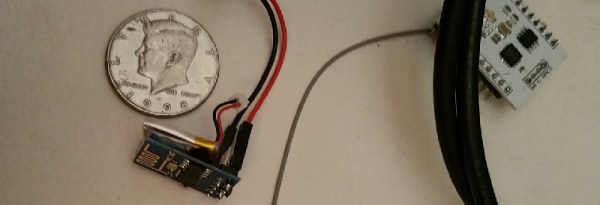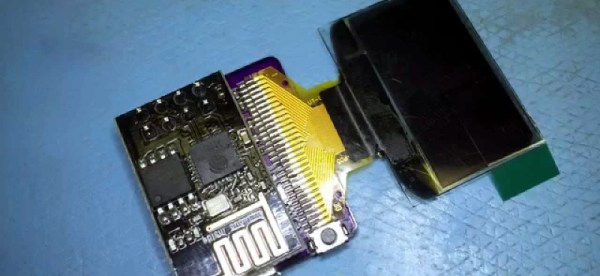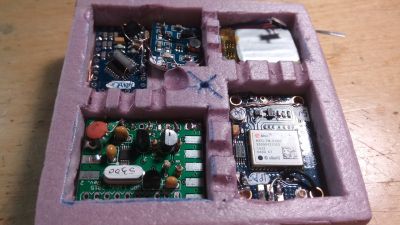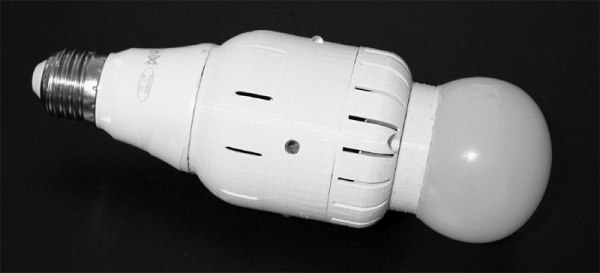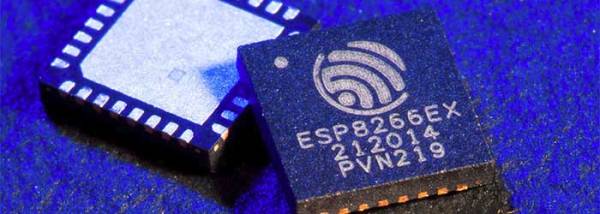Because the world doesn’t have enough electronic junk floating around, [Victor] has improved the WiFi Throwie.
A decade ago, when strong, cheap magnets, bright LEDs, and small coin cell batteries were materials fresh to hacking, someone had a great idea: tape all these items up and throw them on bridges and overpasses. The LED throwie was born, and while we’re sure the biggest installation of LED throwies looked cool, it’s really just a small-scale environmental disaster.
Since then, the ESP8266 was created, and the world now has a tiny WiFi-enabled computer that’s the size of a postage stamp. Yes, WiFi throwies already exist, but coin cells don’t work with the ESP. This means the compact and tiny ESPs are laden down with heavy lithium cells. [Victor] had a better solution: tiny lithium batteries for quadcopters exist, so why not use those?
[Victor] ended up using a small 100mAh 3.7V Lipo battery from a tiny quadcopter for this build. 100mAh isn’t a lot, but in sleep mode, the ESP only uses about 15mAh, or about 6 hours of run time. Sending a picture takes 30 seconds at 120ma, or about 120mAh, so even with a tiny battery no bigger than the ESP itself, this diminutive web server can handle 100 connections before the battery dies.
While not recommended unless you intend to retrieve your throwable web server, it is an interesting example of the latest and cheapest technology that made a throwable webserver possible; 10 years ago, both the ESP and a battery this small would have been unthinkable.

